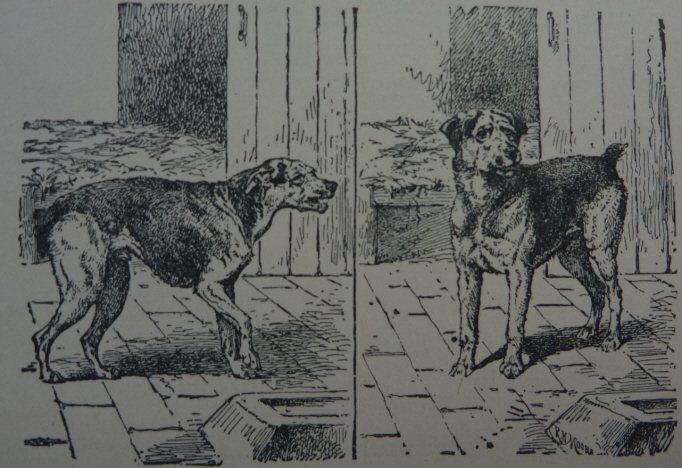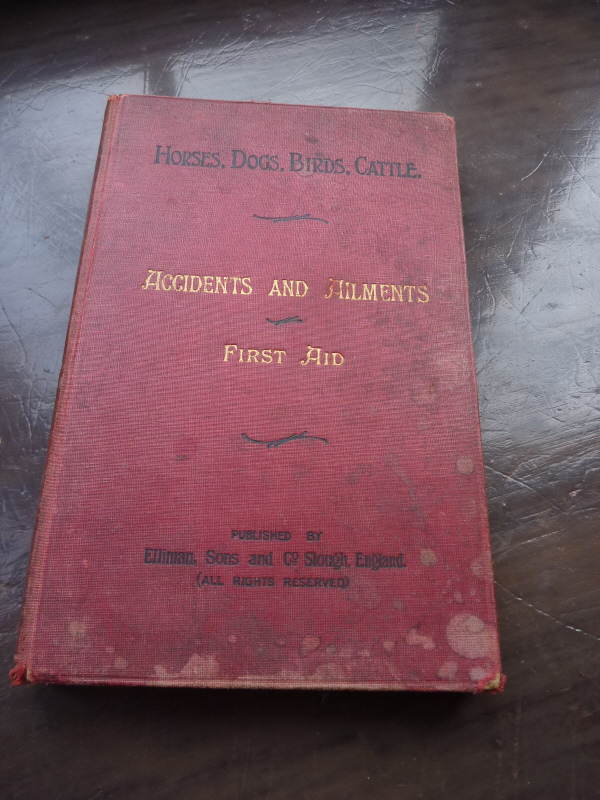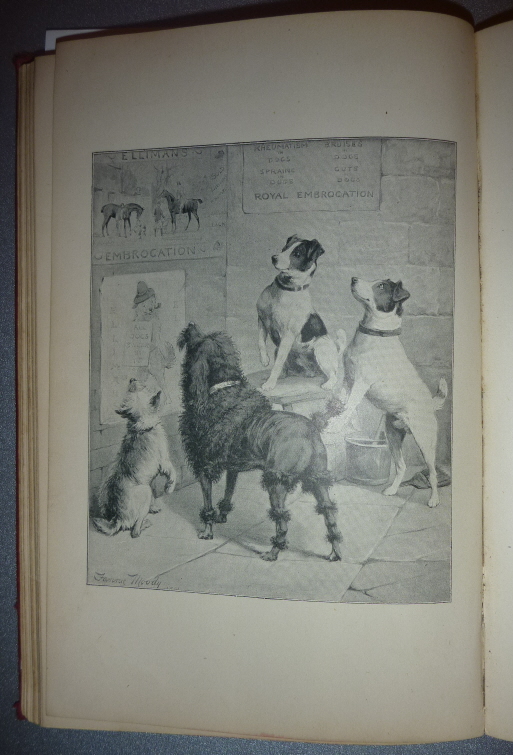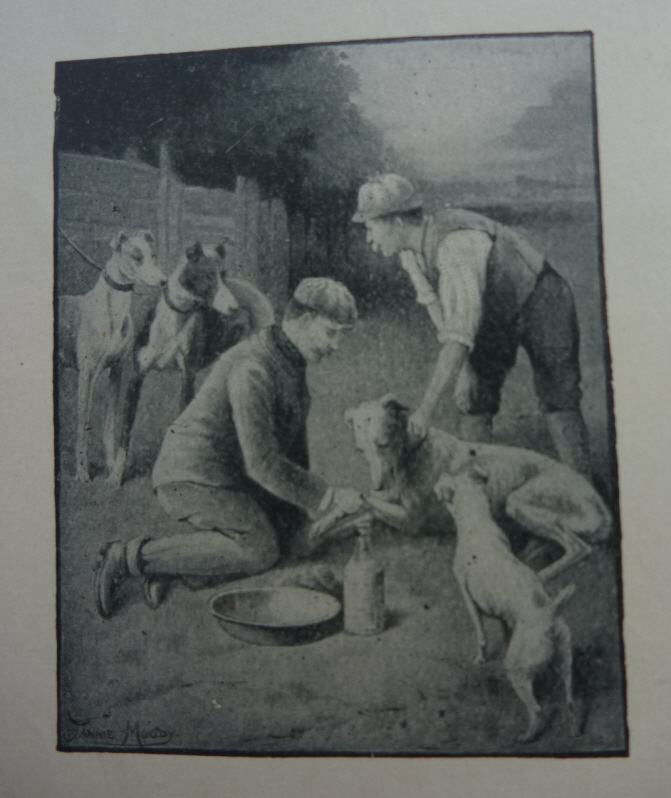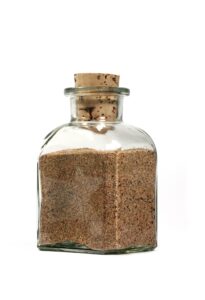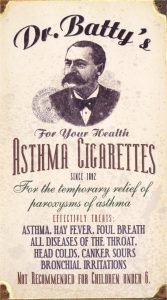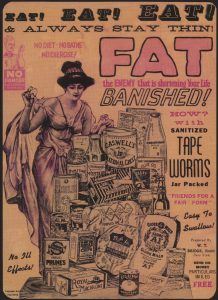I just rediscovered this book, which I’ve owned for years but had forgotten about. It’s a marketing publication produced by Elliman and Sons, who manufactured the hugely popular Elliman’s Embrocation (for people) and Royal Embrocation (for animals) at Slough from 1847 onwards.
The book, which has the cover title Horses, Dogs, Birds, Cattle. Accidents and Ailments. First Aid, is also known as The Uses of Elliman’s Embrocation for Horses, Dogs, Birds and Cattle, and this is the fifth edition, published in 1906. Rather than posing as a general veterinary work and sneaking in adverts for the products, the book is openly about Elliman’s Embrocation and it’s no surprise that the product is recommended as a treatment for most things. There is, however, plenty of useful information about horse anatomy, advice on identifying common conditions and practical tips about caring for sick animals, making the book handy to have around the early 20th century stable and therefore frequently reminding the owner about the Elliman’s brand.
It is beautifully illustrated and at some point I will upload some of the horse pictures, but in this post I’d like to share an excerpt that addresses a perennial problem – how to give medicine to dogs. (No mention is made of cats – presumably, prior to the internet, their uses were limited.)
———————————————————
The majority of persons who keep dogs seldom or never give a dose of medicine to them, and it is often difficult to do so.
When medicine can be conveyed in food or drink, it is, of course, the easiest plan of administering it.
The dog should not see the prepared food, neither should the first morsel contain it. The suspicious pet should taste the appetising morsel and find that it is all right, and take the medicament in a subsequent one. Dogs soon learn to count, and the programme should be varied each time.
Giving fluid medicines is the most difficult; and, having decided on the drug to be given, the pharmaceutical chemist should be consulted as to its most concentrated form. The tabloid has taken the place of the nauseous tincture, infusion and decoction in human practice, and the amateur does well to avail himself of these aids.
If a liquid is the only agent in which the medicament can be conveyed, the dog should be held up and his cheek pursed out to make a funnel for the fluid to run into. The teeth should not be forced open. The nose may be slightly pinched, but it is only a question of firmness and a little time before the dog swallows it.
Powders are the most convenient form in which to administer medicines. Place the left hand over the patient’s face, press the finger and thumb on the lips, and squeeze them against the teeth. The dog opens his mouth when he feels this gentle pressure. The powder should be placed upon the back of the tongue.
Pills are difficult only to the timid person who does not push his finger far enough up the animal’s mouth, so as to get the bolus beyond recall. There is no danger of being bitten, if the upper lips are held over the edges of the top teeth.
Giving a clyster or enema. If the patient is not alarmed by rough and clumsy hands, he will submit to this operation readily.
The tail should be firmly grasped with the left hand, the instrument (previously oiled) introduced slowly, not forcing the sphincter muscles, but tiring them until they yield. The india-rubber ball syringe (Higginson’s) is the best for the purpose, as it leaves one hand free.
